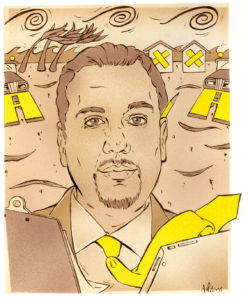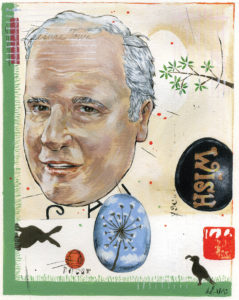Volunteers play a critical role in making community associations vibrant and attractive places to live. Finding, motivating, directing, and maintaining volunteers’ interest, however, are challenging tasks.
Assigning association responsibilities to the right people, asking them to accomplish realistic tasks, and making them glad they did add to the challenge. Communities can perfect their recruitment and retainment strategies with the following tips and tricks.
Ask early. Start recruiting volunteers early. Tap into the excitement and energy people bring to their new home. Ask them to volunteer and get involved to channel that enthusiasm in a way that benefits the entire community.
Ask often. Many people will wait to be asked and, if no one asks, they may never volunteer. The best way to recruit is to personally invite people to get involved, rather than posting a notice in the newsletter, an email, or on social media.
Play matchmaker. Ask residents about their talents, interests, likes, and dislikes; then successfully match them with relevant volunteer roles.
Don’t overwhelm. Don’t overload volunteers, especially new residents, with too much work. Keep roles modest, and make sure they understand the monthly time commitment.
Respect their time. Start and end meetings on time, and always share the agenda a few days before a meeting so volunteers can prepare for the discussion.
Respect their ideas. When a volunteer shares an idea or recommendation, he or she is owed an acknowledgement, what the ultimate decision was, and why. If the idea isn’t appropriate, tactfully point out why without making it personal or attacking the idea.
Provide guidance. Have experienced committee members mentor and nurture newer members and provide them with the skills they need to take on greater responsibilities.
Educate. Providing relevant educational opportunities also is helpful and a wise investment in the community’s future.
Make it fun and rewarding. Build in time to socialize before and after a meeting, but don’t let it interfere with the purpose of gathering. Fun events build a sense of teamwork.
Make accommodations. People are more likely to volunteer if small accommodations are made to make it convenient. Be flexible and open to changes if it means greater volunteer participation. Consider asking your residents when they’d be most likely to attend meetings.
Build your bench. With more active, team-minded volunteers, your community can accomplish much more. It also will be in a better position when volunteers move or step down from their roles.
Thank gratuitously. Recognize volunteers for their efforts. Ways to express appreciation could include an inexpensive plaque or certificate of appreciation; public acknowledgement at the annual meeting; an expression of thanks on the association webpage; or a listing of volunteers’ names in the community newsletter or on social media. Keep in mind that board members typically are prohibited from accepting gifts.
The post Sign up here: 12 ways to recruit and retain volunteers appeared first on Ungated: Community Associations Institute Blog.



